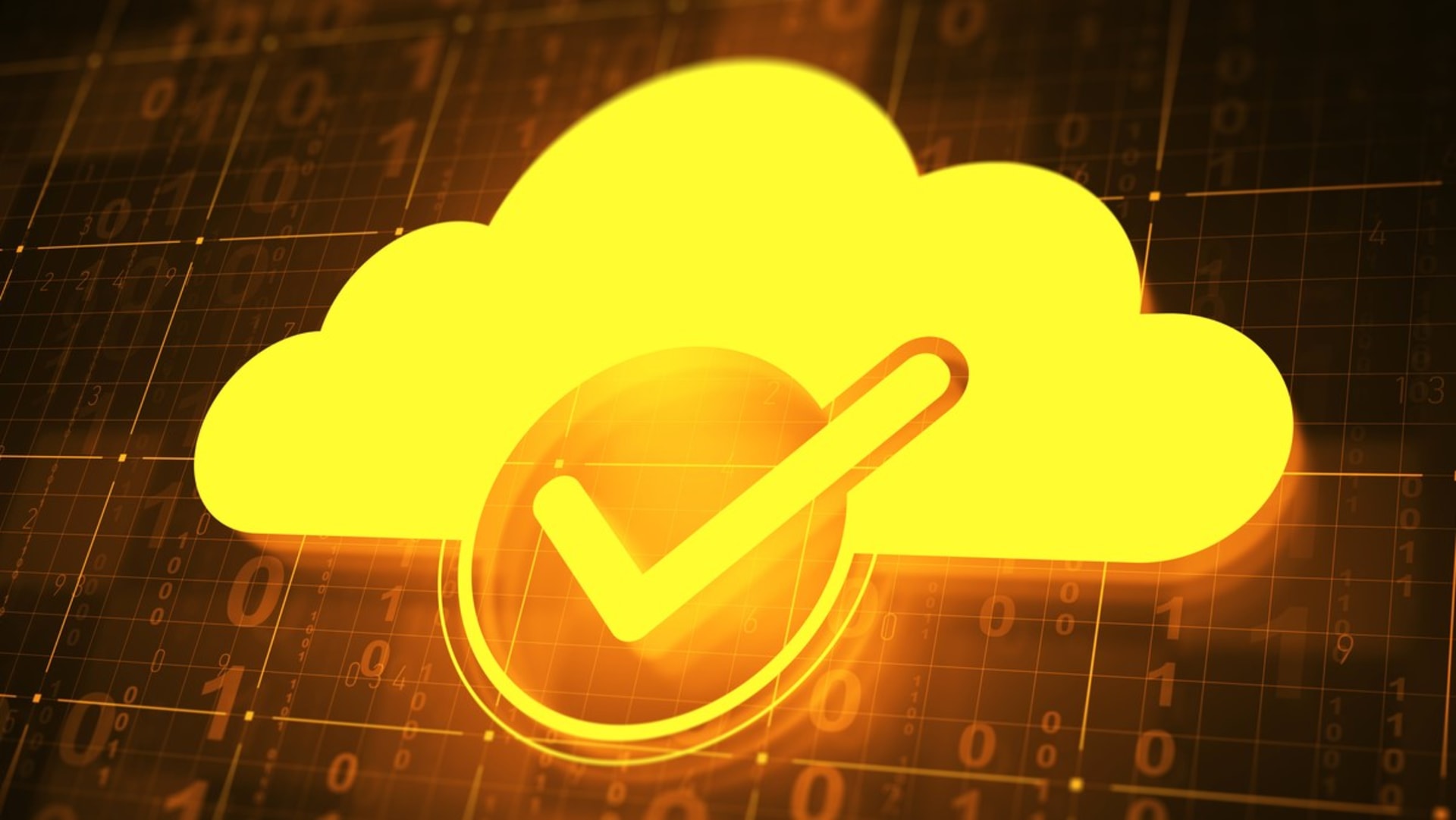In a recent article, CNBC reports that “Covid cases have been rising in all 50 states as the more contagious delta variant spreads, particularly among unvaccinated communities.” The news outlet also notes that concerns related to the new outbreaks have led to a decline in the number of companies planning to reopen offices and that most firms are encouraging vaccination for employees, not mandating it.
With back-to-the-office plans derailed and the healthcare system in a tailspin once again, you may be wondering what your company’s response to the delta variant should be. There’s no easy or straightforward answer. Each business must evaluate the needs and goals of its employees and customers as well as other factors such as whether vendors are keeping their doors open.
Here we offer some additional matters to consider. While the information in the following sections isn’t meant to provide definitive answers, especially as the situation changes from day to day, we hope it will provide food for thought and help you arrive at the right approach for your company now and in the coming weeks.
Back to the Office Initiatives May Be Delayed
According to a Forbes piece, some big companies are still planning to reopen according to plan. However, these businesses are also willing to revisit those plans if needed, depending on how things play out. Others are delaying reopenings or putting hybrid plans in place, allowing workers to continue working from home if, for example, school closures require them to stay home with children.
Given that studies have shown remote workers were highly productive while working from home in 2020, this approach may be good for business. Forbes states, “Employers are coalescing around the hybrid model with two or three days in the office and the rest remote.” The following video describes how some companies are handling the question of who should go back to the office and when:
Business May Slow
Even if you decide to reopen as previously planned, you may be up against another barrier to moving full-steam ahead, which is fewer customers. According to Marketplace, “Consumer spending numbers…showed a slowdown in growth — increasing .3% in July compared to more than 1% in June.”
Depending on your type of business, there may be a trickle-down effect of a repeat of 2020’s work-from-home exodus. For example, if you run a restaurant that relies on office workers’ lunchtime business, you could experience a slowdown if nearby companies stall on their office reopenings. Similarly, places like bars, concert venues, and retail establishments may suffer if patrons decide they don’t want to risk being in crowds in indoor spaces.
Vaccination Mandates May Be Needed
The best way to return things as close to pre-COVID normalcy as possible is to mandate vaccines. To be extra safe, you could require customers, vendors, and visitors to present proof of vaccination. However, vaccine mandates are easier to talk about than to implement. For one thing, despite overwhelming support for vaccines from medical professionals, some people may refuse them.
That’s why many companies are foregoing vaccine mandates for strong vaccine encouragement. For example, some are offering incentives such as vacation time or cash for employees who get vaccinated. Others are avoiding the inconvenience of having to schedule and get the shot by bringing vaccine clinics into the office. The bottom line, according to financial services provider CBIZ, is, “Businesses should stay creative, flexible and adaptive in their workplace strategies and approaches to keep employees and customers safe.”
Logistics Should Be Considered
Whether or not to bring employees back into the office and whether or not to issue a vaccine mandate may be easy decisions compared to the many other details you’ll need to consider. Here are just a few examples:
- Testing. How will you use this important tool, if at all? Will you require everyone to get tested regularly? Or just those who have not been vaccinated?
- Masking. Will you require masks for everyone all the time? Or just unvaccinated individuals? If you have a mask requirement, what will you do if an employee or customer refuses to wear one?
- Limiting contact. Will you implement social distancing rules? Or take matters even further by staggering work schedules or using technology to limit the number of people that can be in any given place at any given time?
- Infrastructure improvements. If you haven’t already, will you take steps to do things like increase ventilation or install hand sanitizer dispensers throughout your office?
- Office moves or reductions. If you’ve made the decision to allow employees to work from home permanently, will you reduce the amount of office space you maintain, move offices, or eliminate your offices altogether?
- Travel restrictions. Will you still allow employees to travel for in-person meetings? Will you limit the circumstances under which it happens? Or will you switch to all-online meetings? If so, what new technology might you need to make such meetings more effective?
- Security strategies. How will you adjust your cybersecurity approach, given that COVID-19 scams are still in play? How will you train employees and follow up to ensure proper precautions are taken?
Mental Health Is Critical
According to a recent Harvard Business Review article, “Attending to employee mental health needs will be even more important in the coming months.” The article points out that rates of depression, anxiety, and drug overdose have surged since the pandemic started. Reasons range from mourning the deaths of loved ones to extreme stress related to employment uncertainty and erratic school and childcare availability.
You should continue programs begun in 2020 as well as any other useful offerings you had in place previously. Additionally, now is a great time to survey team members to ask what else would be helpful in supporting their mental health.
Communication Is Key
In order to manage all these components, you must communicate with your employees early and often about everything that’s going on. Consider issuing a weekly or even daily newsletter or an update on your intranet or another communication platform. Just as in 2020, prepare for frequent shifts in strategy and encourage your team members to do the same.












